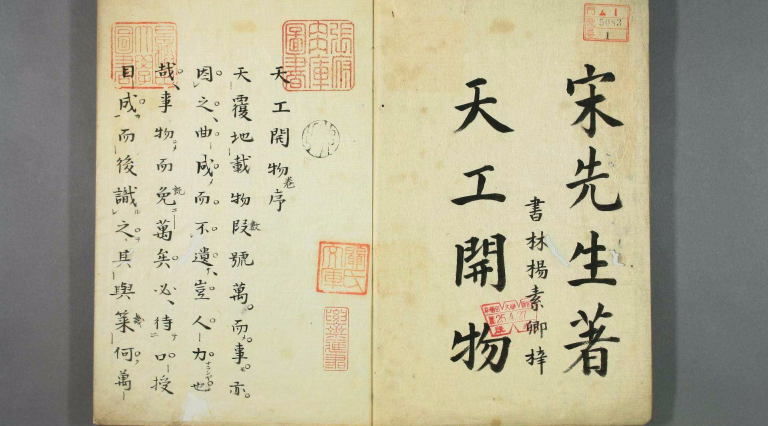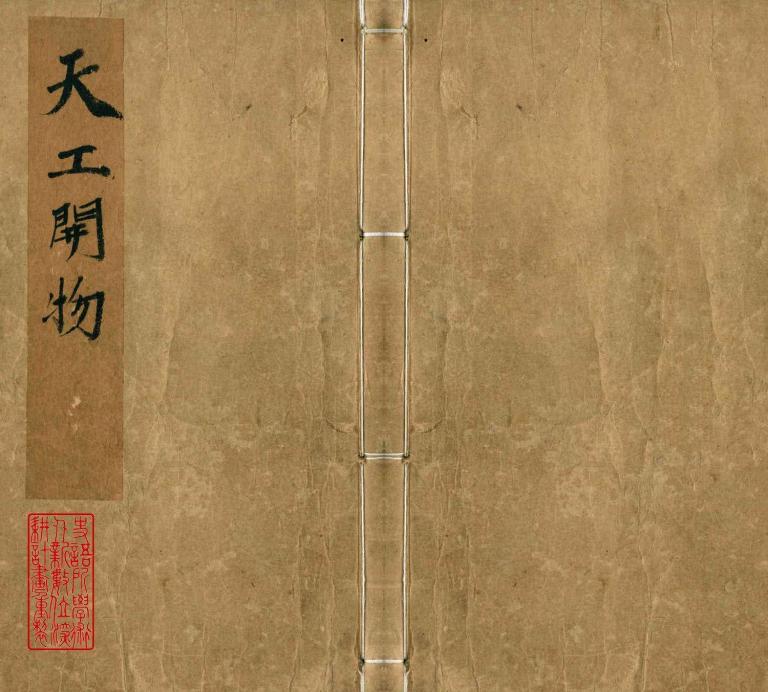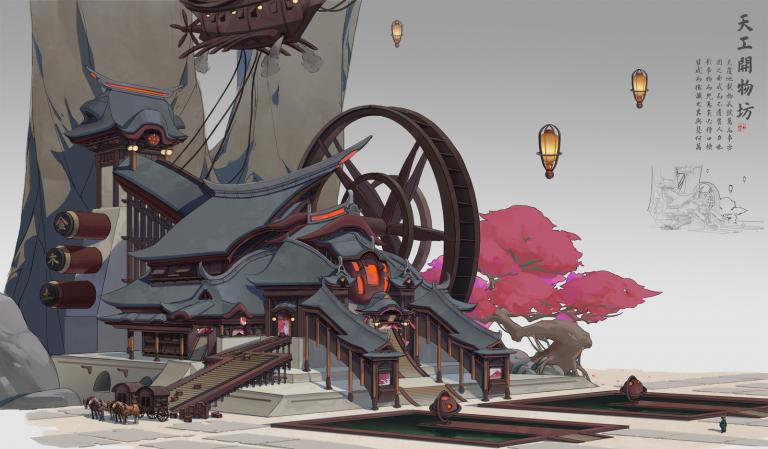Tian Gong Kai Wu
2 min readTian Gong Kai Wu”means to explore useful things from the nature through manual skills, whic h may be called as the crystallization of wisdom of Chinese traditional craft. This is the applicable tr adition of Chinese ancient craft. Craft is characterized both by material civilization and spiritual civili zation. In Chinese ancient times, its main bodies were articles of everyday use with artistic value. Agriculture civilization had lasted for a long time in Chinese ancient times and been applicable to the lif estyle of settlement.

Therefore, Chinese traditional craft had continued developing, became implied and elegant and established its own system by virtue of four creation principles of “good climatic c ondition, sound earth atmosphere, superior materials and fine workmanship Under impacts from Western material culture, Chinese contemporary traditional lifestyle and pr oduction mode were forced to change, while the traditional craft applicable to them also changed First, traditional craft dominated by hand work gradually transformed to the co-existence of manual workshops, plants with semi-hand and semi-mechanical production and large-scale machine factori es. Second, the service object of traditional craft had also changed. To address the need of foreign capital, some court crafts transformed to be mainly exported; and more traditional crafts were developed to address the diversified needs of mass market.

In addition, craft education changed from tr aditional mentorship to modern educational mode with school education as main part There are abundant intangible cultural heritages in China. The intangible cultural heritage with t raditional handicraft as carrier continues the context of national culture in the form of the tangible and intangible combination. Wherein, craftsmanship tales, the carrier of Chinese ancient philosophy of creation and ideal of life, is an important part of intangible cultural heritage, vividly reflecting Chi nese traditional use view of implements









